Today we celebrate Meatball Day. The earliest accounts of our favorite meatballs come from records from Ancient Rome. Over the centuries they've turned into a main food of Italian family home cooking. The 1st official recipe for their preparation appeared in an 1889 American cookbook.
Meatballs have a lot of variations, much like other ancient foods. They vary depending on the country in which they are cooked. It's been found that over 75% of the people who love to eat meat prefer meatballs over steak.
There are over 20 000 variations of meatballs around the world. This includes potato, spinach and 100% vegetable meatballs. But the general accepted rule is that a meatball must be made of meat. The meat can be veal, beef, pork, chicken and turkey. Must-have ingredients for real meatballs are breadcrumbs and eggs which homogenize the mixture. According to master chefs, the secret to a delicious meatball is old bread, soaked in milk and added to the mince.
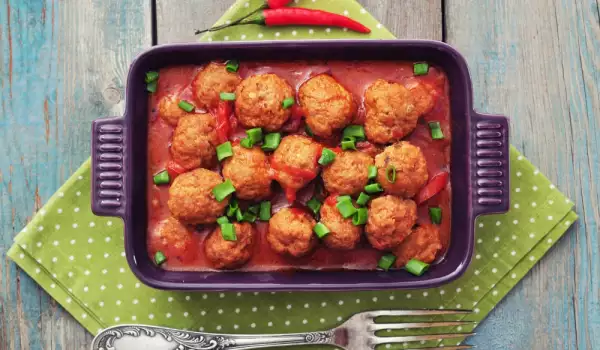
Besides as a stand-alone, meatballs can be added to all sorts of dishes. Some even put them in their soups. In Spain, for example, you can eat delicious meatballs in vegetable broth, generously seasoned with a chili pepper and cumin. In Asia they serve them with a pomegranate and yoghurt sauce, which you have to dip them in before you take a bite.
The mince for meatballs is seasoned in different ways in the different countries. Italian master chefs are adamant that the secret to delicious meatballs lies in parmesan and prosciutto, which they generously add to the mince.
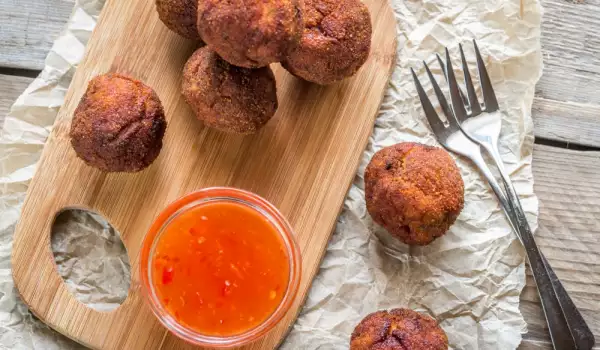
On the flip side, in Sweden they season them with onions, allspice and a pinch of cloves. There, they make meatballs from a traditional mixture of beef and pork meat and serve them in a brown or white cream sauce, sprinkled on top with fresh dill.
Perhaps the most exotic meatballs come from the Near East, where they are seasoned with coriander, nutmeg, cumin and cinnamon.
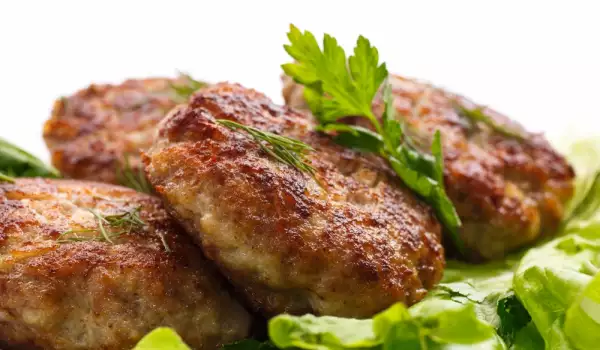
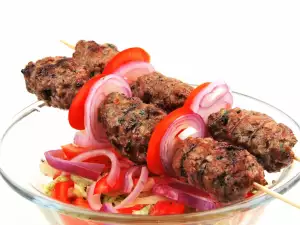

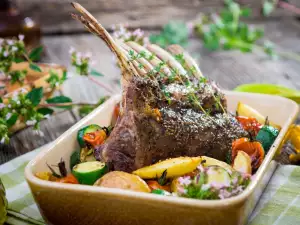

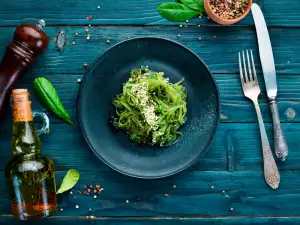




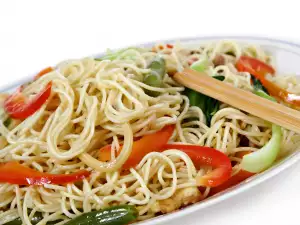









Comments